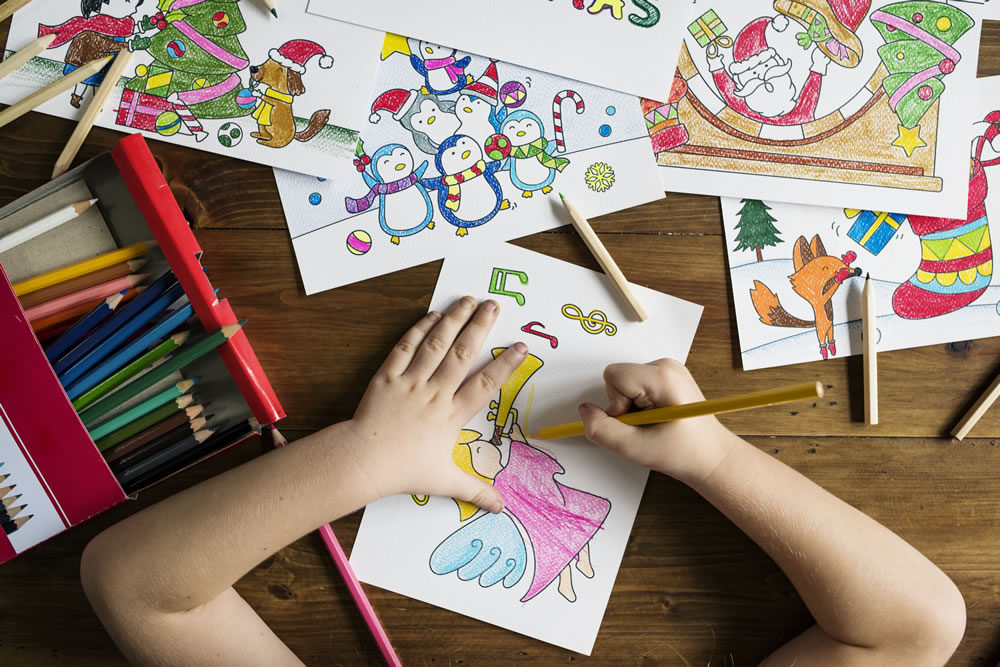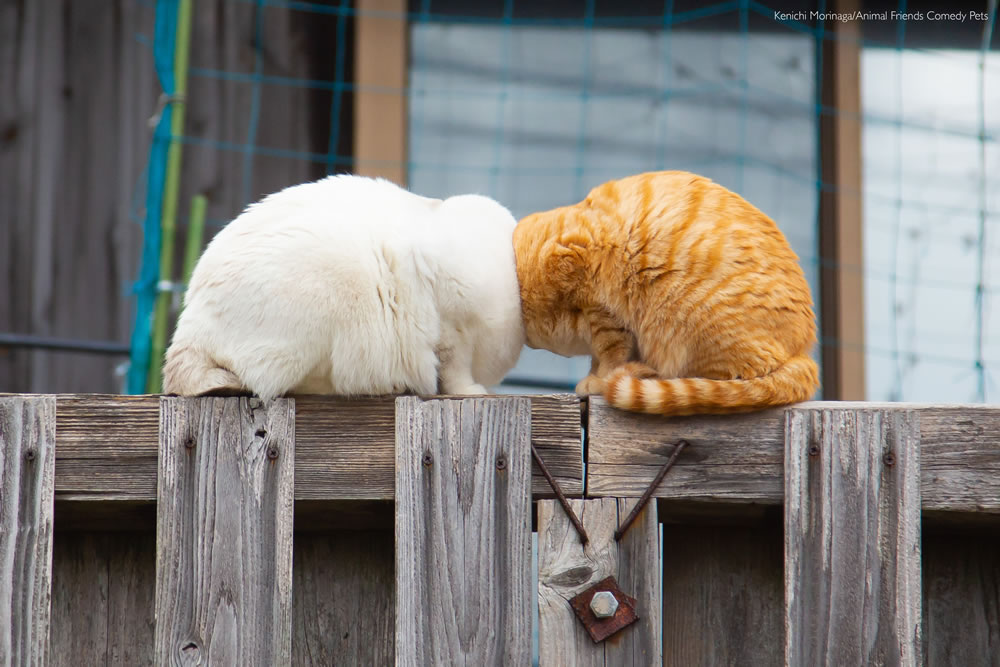When was the last time you doodled on a paper for several hours uninterrupted? Do you remember the feeling of pure Zen that this activity brought? Art helps many adults get away from the hassles of their daily lives and takes their minds off work. Fun fact: it’s just the same for children.
Inasmuch as learning is compulsory, it can get pretty overwhelming for an average kid. First, they spend hours with an online math tutor. Next, they’re stuck with tons of assignments and activities. In their spare time, kids play 1st or 2nd grade math games. While some of these activities might be fun, kids don’t want to learn all the time. They’ll end up feeling overwhelmed, drained, and – every parent’s worst nightmare – cranky.
Thus, it’s important to find them an outlet that can help take their minds off this stress and redirect their energy. Wondering what the perfect outlet is? It’s art.

Why Art?
Art (whether it’s coloring a sketch book or hand painting) is a great way for kids to express their feelings and redirect negative energy. Art activities are perfect for helping your child relax after a long day (or week) of learning. But that’s not where it ends.
Art for children comes with numerous perks which include:
Self-expression
As we mentioned earlier, art is a great creative outlet. Through art, children can express themselves freely without holding back. Has your child ever doodled a picture of your family? While it may seem like an ordinary piece of art which you have to hang up on the fridge, it’s their way of expressing their emotions and inner thoughts.
Participating in artistic activities gives kids a chance to reflect on their feelings and inner thoughts and turn them into something real.
Skill development
Art helps children develop a wide range of skills as they advance. For starters, they can develop fine motor skills. Grasping crayons, paintbrushes, and even pencils can help them develop their fine motor muscles, which will come in handy in any other activity that requires controlled movements.
Art can also help with cognitive development. This sounds like a stretch but it’s true. As children practice art, they begin to learn the concepts of patterning or cause and effect. For instance, a child understands that if they push too hard with a pencil, the lead could snap and break. On the other hand, if they press harder with a crayon, they get a darker, more detailed color. As time goes on, children begin to recognize other patterns, thus improving their critical thinking skills.
Higher confidence
In addition to boosting the skill set and development, art can also increase children’s confidence. Being able to mold their inner thoughts and feelings into a real work of art would make kids feel bolder and more confident. In the same vein, receiving positive feedback on their work is definitely a confidence booster.
Tips for Guiding Kids through Art
If you’re trying to help your kid take their mind off learning through art, here are a few tips to follow:
Don’t step in
This sounds almost impossible to achieve. How can you not step in during art activities? However, art is all about letting your child have free rein over their thoughts and expression. Stepping in might make it feel like yet another learning activity, and you don’t want anything of the sort.
Giving your child free rein means not telling them what to draw or paint. Don’t tell them to draw a horse or paint a pretty sun. Simply hand them their art tools and let them decide what they like to do.
In the same vein, don’t create an artwork and ask them to imitate what you’ve done. It might sound like a great idea but it only puts undue pressure on them. A child may feel like they have to create something as good as your piece of art and they would end up feeling frustrated when they fail. Instead, try to imitate a kid as they paint. This approach lets your kid understand that they’re painting something great and worthy of emulation.
Focus on the process, not results
When it comes to children’s art, the focus should be on the process, not the final product. You shouldn’t expect a Picasso piece or the Mona Lisa from them. Instead, simply let a kid work freehand without worrying about external opinions, even if those opinions are coming from you.
Encourage their effort and praise their hard work. If they sense that you’re overly focused on the product, they’ll end up trying to gain your approval instead of simply having fun.
Provide kids with choices
Children love to have a wide range of choices. When it comes to art, it’s even more important for them to have choices as it can boost their creativity. So, don’t just hand a child a pencil and expect them to go to town with it. Provide them with chalk, play dough, markers, Q-Tips, crayons, and so on. Thus, you will add even more fun.
Use insightful comments
When it comes to feedback, it’s important to be as constructive and positive as possible. Don’t try to evaluate your child’s artwork as it would only make them self-conscious. Ask them to tell you about their work and in turn, you can comment positively on specific things they did such as color mix or choice of shapes.
Final Thoughts
If you’re trying to help your child take their mind off learning and prevent overstimulation, art is a great way to go. Remember to give your kid free rein and focus on the process, rather than the results. This way, you’ll get the most out of each activity.










